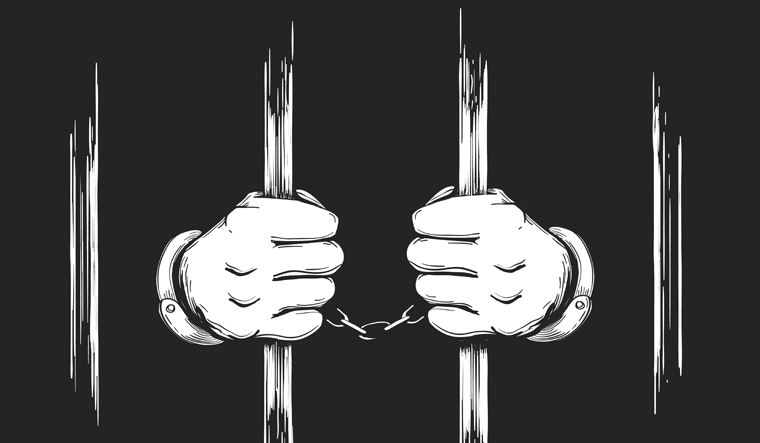Chief Justice of India S.A. Bobde has directed all states and Union Territories to decongest jails in view of social distancing which is being encouraged to prevent the spread of the deadly COVID-19 disease. However, an overnight exodus of prisoners from their overcrowded jails is unlikely.
The exercise is likely to take some time, say officials. “It is not such a difficult exercise, but it is not as easy as simply opening the bolts, either,” said a senior official from Delhi’s Tihar Jail.
The Supreme Court had instructed states to form high-powered committees that will look into which prisoners can be released. It should comprise chairperson of the state legal services committee, principal secretary home/prison and director general of prisons to determine which category of prisoners can be released on parole or an interim bail for such a period of time as might be appropriate.
“We will have to first form the committee and then screen the prisoners. Then each case will be presented before the court. Each case has to be individually considered,” said the official. He said that the authorities will get cracking on the Supreme Court’s suggestion once they receive the orders for the same. As of now, no order has been issued from any authority.
Apart from making a list of the prisoners who can be released, the logistics of how these men and women will be let out and sent to their homes has to be considered as well.
Tihar jail is under lockdown. It went into lockdown shortly after the executions of the four convicts in the Nirbhaya case, Mukesh Singh, Akshay Thakur, Vinay Sharma and Pawan Gupta, who were sentenced to death for the rape and brutalisation of the 23-year-old physiotherapy intern in December 2012. The executions were carried out at 5.30 am on March 20. Visits of family members have been stopped entirely.
Indian jails are notoriously overcrowded and are high-risk zones in case an infection like COVID-19 gets inside the prison walls. In Tihar alone, as per statistics available as of February 29, 2020, across 16 jails under this prison complex, there are 17,384 inmates against a capacity of 10,033—an occupancy of 173 per cent. Of these, 14,208 were undertrials, about 82 per cent of the total inmates in jail. Around 1,000 undertrials have been languishing in jail for over three years. The jail population in 2019 increased by 11.79 per cent over the previous year.
The apex court suggested that prisoners who have served term of seven years be released on parole and undertrials awaiting trial for offences that entail maximum punishment of seven years also be given the same consideration.
The Supreme Court also directed state authorities to ban transfers from one jail to another, except for decongestion, and to stop their appearances in court during the lockdown period. It has also suggested creation of isolation wards and quarantine facilities for new prisoners, amongst a slew of measures that should be taken to prevent the infection from entering prison premises.
While India has so far been able to stave off COVID-19 from entering the stage of community infection, with the rising numbers, concerns are also increasing. In the US, Harvey Weinstein, serving a 23-year jail term for rape and assault, has tested positive for the disease and been kept in isolation.



